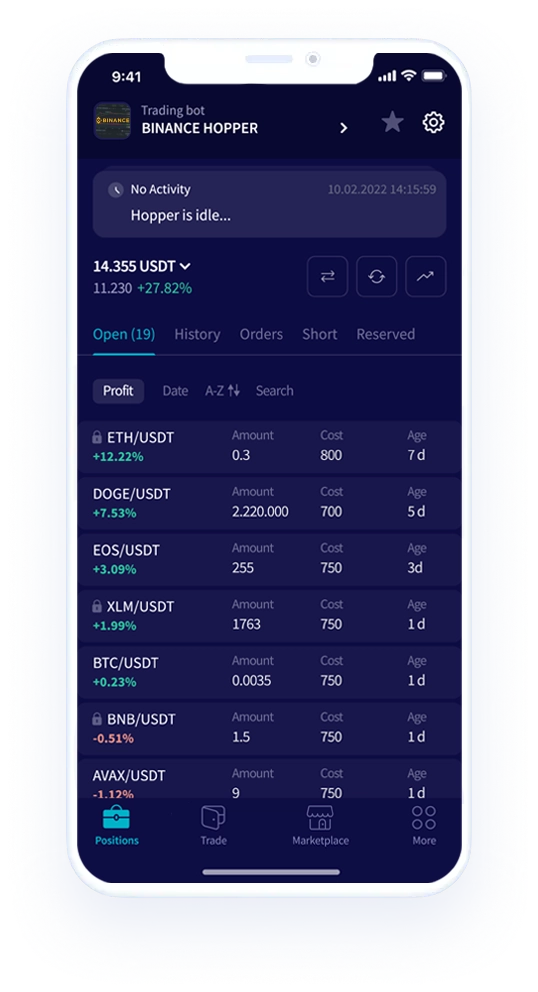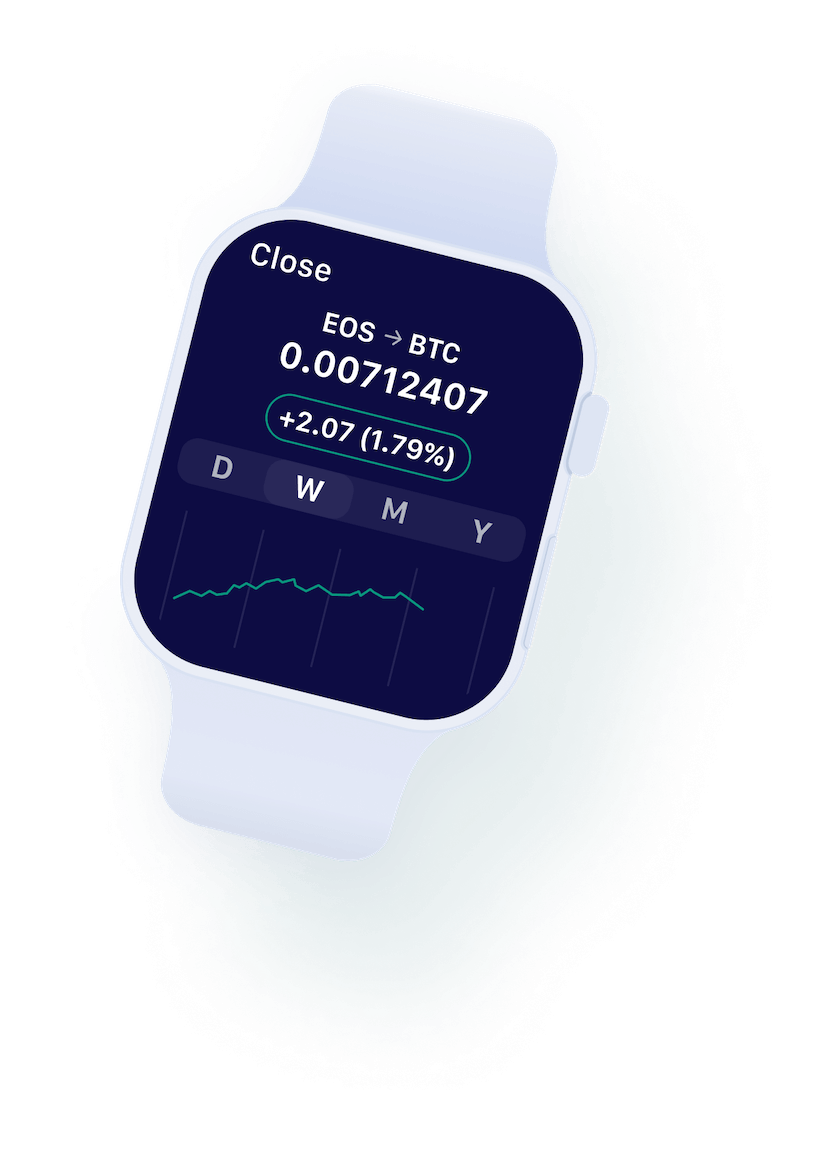What is a Third-Party Transfer and How to Spot It?
Ideally, when you use Binance P2P to trade your cash into crypto and vice versa, both parties should provide the appropriate bank or e-wallet accounts for completing each transaction. What if the person you’re transacting with insists on using a payment channel that is different from the one listed on the initial offer? In this case, you just encountered an attempt at a third-party transfer.
Binance P2P defines a third-party transfer as the attempt to use an account that’s not listed as the main method of payment in a Binance P2P ad. For instance, when you respond to a P2P ad, you’ll see a list of payment options that a P2P merchant accepts. Once you select the option you prefer, you have to stick to that payment method to complete the transaction. Any transactions outside the already listed payment method are considered a third-party transfer. Doing this is forbidden under the rules of Binance P2P, but this won’t stop certain individuals from attempting third-party transfers, especially for dubious reasons.
There are a few ways to detect when your counterparty attempts a third-party transfer.
1. The bank account provided is under another person’s name.
Each individual who uses Binance P2P has the responsibility to provide an account that matches the identity they provide on the platform. Seeing a name that does not match the actual name of your counterparty should be seen as an immediate red flag.
2. The name provided in the bank account does not match the name on the Binance account.
This case is similar to the first example but in a more subtle manner. A counterparty may have an alibi about the mismatch between their Binance account name and the name on their bank account. This is a red flag because the counterparty should resolve any name inconsistencies on their Binance P2P ad, and should not belatedly bring it up with you in the middle of a transaction.
3. The counterparty chats with you to use another payment method.
Sometimes, your counterparty comes up with an excuse to lure you into using another bank account to complete your transaction. The counterpart may claim that there’s something wrong with the listed payment method at the moment. Do not listen to the counterparty's alibi. Typically, the payment methods already listed in the ad should be the only channels through which you should make a payment.
However, there are some nuances to this kind of scenario. In some markets, certain P2P users are permitted to hide information about their bank account in the P2P ad for security reasons. In these instances, a trader can be justified when he or she provides a payment account in the chat. Nevertheless, the person who places the P2P ad has the responsibility to provide their accurate personal bank account details to their counterparty. In any case, you are well within your rights to raise any concerns if there is something suspicious with your communication with your counterparty. This scenario does not apply if you’re not in markets where bank account information can be hidden.
What To Do When You See a Third-Party Transfer Attempt?
Depending on how you interact with your counterparty, you could be susceptible to accepting the third-party transfer if you’re not careful enough about it. Allowing a third-party transfer attempt will expose you to risks that may affect your funds down the line. The best practice is to be firm in demanding the exact correct information on any Binance P2P deal you undertake. Here are some things you can do to counter any third-party transfer attempt.
1. Cancel the transaction.
Once you flag the inconsistency in the bank account details of your counterparty, you should cancel the transaction immediately. There’s no need to clarify the inconsistency with the counterparty. Cancelling works best if you haven’t yet proceeded with the payment.
2. Refund the payment and cancel the deal.
If you’re on the receiving end of the cash transfer as the first step of the P2P transaction, you should check if the sender’s details match the account details provided on Binance P2P. If the details don’t match, this could cause problems down the line in case your counterparty attempts to invalidate your transaction. The best move is to return the funds to the exact account where the funds came from, inform your counterparty of the reason, and then cancel the transaction.
If you’re in markets where bank account information can be hidden in P2P ads, you may not be able to see your counterparty’s full name until he or she sends you the payment. In this case, you may communicate with your counterparty in the chat to confirm the details, and either proceed with the transaction when the details match, or proceed to the step below.
3. Appeal the transaction.
There may be instances where you won’t be able to check your counterparty’s account before it’s too late. Even if you already sent the payment, you still have the option to appeal the transaction on the grounds of third-party transfer. Our customer support will promptly look into the matter and resolve it on your behalf. You are encouraged to report the issue even if you complete the transaction and get your cash or crypto as intended. We take third-party transfers seriously and punish those who circumvent the proper channels for sending funds.
What Are The Risks You Face When You Allow Third-Party Transfers?
Allowing third-party transfers to go through unchecked leaves your account and funds vulnerable to further actions that your counterparty may pursue. Here are some of the risks you face when you don’t execute your P2P transactions the right way.
1. You’re vulnerable to refund requests.
Suppose you don't spot the inconsistency in the accounts used for your P2P transaction. In that case, your counterparty might use that as a loophole to take advantage of you and attempt to nullify your transaction. This scenario makes it possible for your counterparty to get away with both the crypto you sent and the cash they used to pay for it or the cash you received and the crypto you sent.
2. Your bank account is vulnerable to freezing.
Problems with P2P transactions can happen well after the erroneous transaction is completed. If it’s not your counterparty who flags it, your bank or payment platform could act upon these inconsistencies and have a reason to freeze your account. In this scenario, we might not be able to help you out because you permitted the inconsistency to happen.
3. You may not receive the crypto or cash needed for the transaction.
The most common issue with allowing inconsistencies because of a third-party transfer is the immediate risk to your P2P transaction. The critical thing to remember here is that if you don’t flag the inconsistency to ensure the proper completion of your transaction, your counterparty will flag it first for their advantage. While our escrow system and customer support can protect you from damage, being negligent with the details of your transactions could pose further risks for you down the line.
Conclusion
A third-party transfer is just one of the risks you face when making a P2P transaction. At Binance P2P, we maintain a platform where everyone is encouraged to list accurate details of the accounts they want to use for fund transfers. With 200+ local payment methods and 60+ fiat currencies supported, everyone should be able to post the right details for their transactions and advertisements.
In addition to an escrow system that protects users from issues that may come up with erroneous transactions, the Binance P2P team also proactively informs its users on how to improve security awareness through articles like this. For more information on Binance P2P, particularly our safety tips, you are encouraged to read the following articles:



